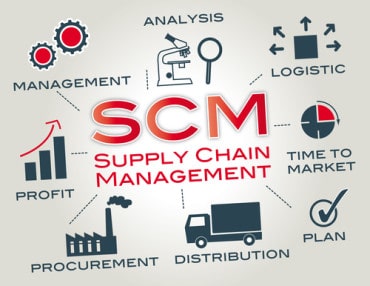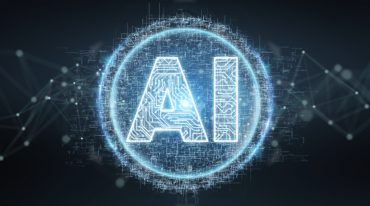
Data-driven enterprises have relied on a variety of analytics tools to derive insights. Now, they must enhance those efforts with AI.
These days, most people recognize the importance of becoming a data-driven enterprise, with the ability to sense and respond, instantaneously if need be, to business events. Data analytics tools and platforms paved the way to capturing and acting on events, but there’s still a long way to go, as supply-chain issues that erupted over the past year have taught us. Now, artificial intelligence promises to fill some of that gap.
R. “Ray” Wang. In his latest book, Everybody Wants to Rule the World, calls the next wave of enterprise intelligence will be powered by “AI smart services,” which serve to “automate the process of turning signal intelligence into a decision or action.” AI smart services now separate today’s success stories from laggards, he writes. For example, AI smart services can swiftly sift through available data “to determine how quickly to pay an invoice — based on how much cash on hand the company has, currency exchange rates, customer status, and special contract terms—to make a decision such as pay right away, in 30 days, 90 days”
Data-driven results needed in real time
AI smart services “can deliver different outcomes, Wang adds. “They can automate simple processes like keeping track of inventory, or complex processes such as keeping track of inventory and automatically order new stock when the system detects customers have shown special or unusual interest in an item. ” He outlines seven outcomes a data-driven enterprise employing AI smart services can expect:
Perception. “The AI smart service describes what’s happening now,” says Wang. “It provides a rudimentary description of the surroundings as manually programmed. For example, a retail system that tells you there are 30 blue pants left in the back room, five in the changing room, two with a cashier, and one with a customer who hasn’t left the store.”
Notification. The AI smart service “tells you what you asked to know. It provides notifications through alerts, reminders, and other signals that help deliver additional information through manual input and learning. For example, as the retail system improves, a notification may be created to alert staff whenever inventory that is in high demand is left in the changing room. Staff now know to return clothes back to the floor so the store doesn’t miss the opportunity to sell them. The AI smart service can observe how and when a store clerk reacts to the notification so it can learn what recommended actions to suggest in the future.”
Suggestion. Data-driven AI smart services recommend action. “They offer suggestions for what to do built on past behaviors and modified over time based on weighted attributes, decision management, and machine learning. In retail, the system might suggest that staff check the changing area whenever a hot item—e.g., skinny jeans in size 6—is perceived to be in the changing room. Based on the past sales figures for this item, the time of year, the day of the week, and even the shift, the system recommends bringing this item back on the display shelf within 20 minutes or less.”
Automation. AI smart services repeat what you always want. “As the system learns over time, it fine-tunes and automates the notifications and suggestions for actions. In the retail case, when only two pairs of a size are on display, staff will automatically get a notification alerting them about how many skinny jeans are in the changing room and
suggesting how much time they have to put them out on the display.”
Prediction. AI smart services inform decision-makers what to expect. “Prediction builds on deep learning to anticipate and test for behaviors. For example, based on over 1,000 interactions, the retail store manager will receive a forecast when the store opens for the day that predicts they will be out of skinny jeans in size 6 by 2 pm. The manager will
automatically then receive a prompt, asking whether she would like to order more for arrival by midday. If the store manager always says yes, the system will learn to always check stock and suggest the manager order inventory accordingly. After 5,000 orders, the store manager may just give the system carte blanche to automatically fulfill inventory.”
Prevention. AI smart services help avoid bad outcomes. “They apply cognitive reckoning, or its accumulated knowledge, to identify potential threats. In the case of a retailer, AI smart services might help to identify potential credit card fraud before someone makes a purchase. The benefits might be even more powerful in a case where a product or service is being returned for defects. In that case, AI smart services that focus on prevention are all about mitigating risk.”
Situational awareness. Data-driven AI smart services tell decision-makers what they need to know right now. “Situational awareness—knowing what’s going in that particular time and place and what to do in that situation—comes close to mimicking human decision making. Achieving full situational awareness is the most desired outcome of an AI smart service and the one that can deliver the highest level of decision velocity.”





























